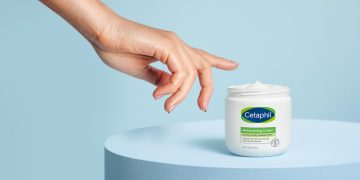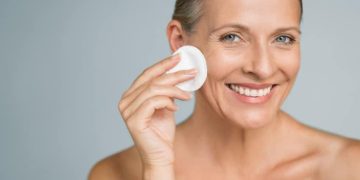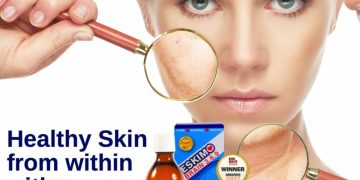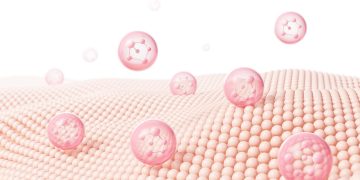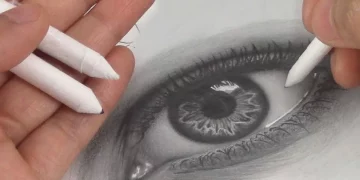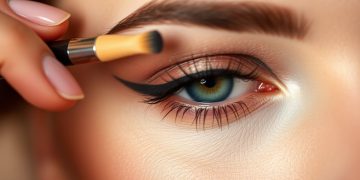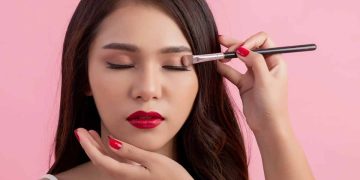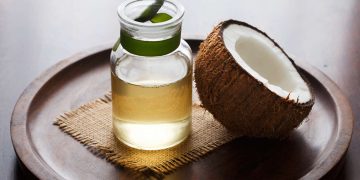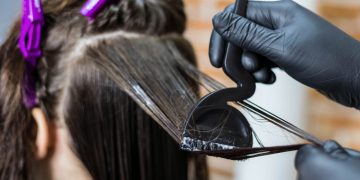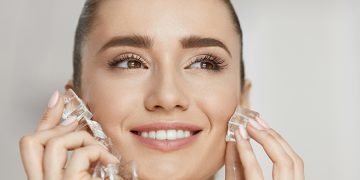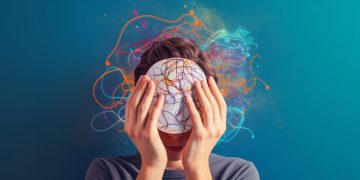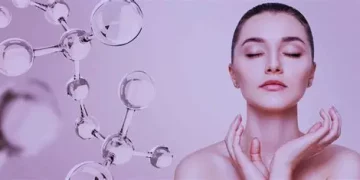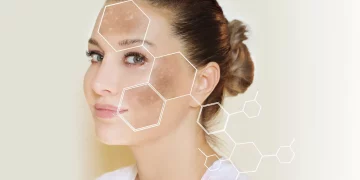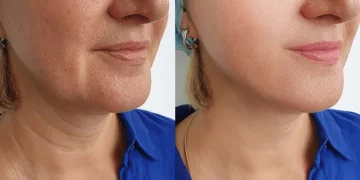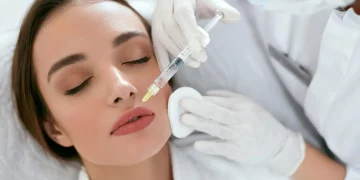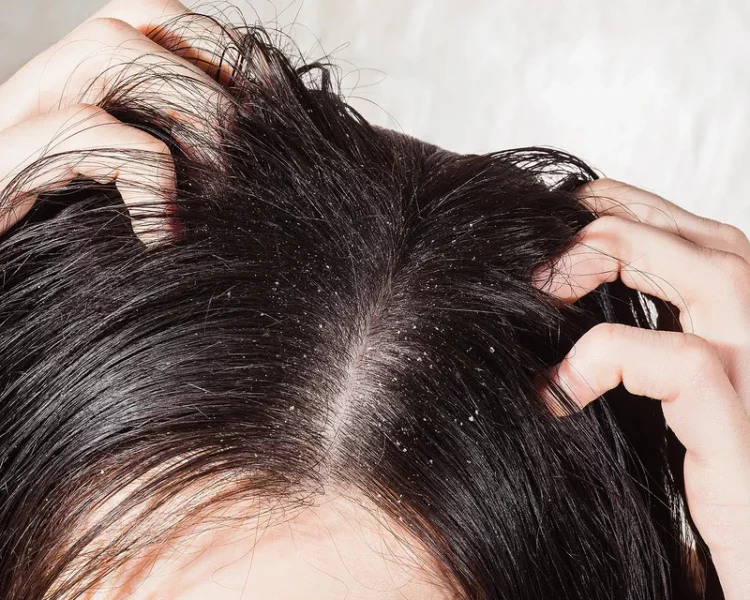Introduction: The Hidden Problem Above the Surface
When it comes to hair health, most people focus solely on the strands themselves, bombarding them with shampoos, conditioners, oils, and treatments. However, many fail to address the crucial underlying issue: the scalp. The truth is, a healthy scalp is the foundation for strong, beautiful hair. Without proper scalp care, your hair will struggle to grow, stay shiny, or maintain its volume.
In this article, we’ll explore why the scalp is so important to hair health, the common scalp issues that could be affecting your hair, and how you can restore balance to this often-overlooked part of your body.
The Scalp-Hair Connection: Why It Matters
Your scalp is the skin that covers the top of your head, home to hair follicles that produce your hair. It’s similar to the soil that supports the growth of plants. If the soil is rich in nutrients and free of toxins, plants will thrive. Conversely, if the soil is damaged or lacking in nutrients, plant growth will be stunted. Similarly, a healthy scalp provides an optimal environment for hair follicles to function at their best, promoting hair growth, strength, and overall health.
The scalp, like the skin on the rest of your body, has its own set of needs. It requires proper circulation, nourishment, and hygiene to remain healthy. If neglected, you might start to notice issues such as hair thinning, dryness, excessive oiliness, or even dandruff. These problems often stem from scalp imbalances, and addressing them can often restore your hair’s vitality.
Common Scalp Issues That Affect Hair Health

- Dandruff and Dry Scalp
Dandruff is one of the most common scalp conditions. Characterized by flakes of skin on your scalp that shed and fall onto your hair and shoulders, dandruff can be caused by several factors, including dry skin, fungal infections, or sensitivity to hair care products. While dandruff itself may not directly lead to hair loss, the underlying causes—such as fungal overgrowth or poor scalp hydration—can affect hair follicles, potentially leading to thinning. - Oily Scalp
An oily scalp happens when sebaceous glands produce excess sebum, which can clog hair follicles, resulting in greasy hair and scalp conditions like acne. An oily scalp can also contribute to dandruff when the excess oils mix with dead skin cells and form flakes. The buildup of sebum creates a breeding ground for bacteria, which can lead to irritation and inflammation, disrupting the natural hair growth cycle. - Scalp Psoriasis
Scalp psoriasis is a chronic condition in which the skin on the scalp develops thick, silvery scales. It’s an autoimmune disorder that speeds up skin cell turnover, leading to patches of thickened skin. While this condition itself isn’t the primary cause of hair loss, the intense itching, inflammation, and potential scarring caused by psoriasis can lead to hair thinning or shedding over time. - Seborrheic Dermatitis
This condition is similar to dandruff but much more severe. It causes an inflamed, red, and greasy scalp that flakes off in large, oily chunks. Seborrheic dermatitis often results in hair loss if the inflammation or irritation is left untreated, damaging the hair follicles and interfering with healthy hair growth. - Alopecia Areata and Scalp Inflammation
While alopecia areata is typically associated with the immune system attacking hair follicles, the condition can be exacerbated by an inflamed scalp. Chronic inflammation can prevent hair from growing back in the affected areas. Alopecia can also appear as circular bald patches, making scalp care crucial for managing the condition.
The Science Behind Scalp Health
The scalp, like the skin on the rest of the body, is made up of layers of tissue that need nutrients, hydration, and protection to thrive. It also contains numerous hair follicles, which are complex structures that require a balanced environment to function optimally.
When the scalp’s natural balance is disturbed—whether by dehydration, overproduction of oil, or fungal infections—it affects hair growth. Several key factors influence scalp health:
- Sebum Production: Sebaceous glands in the scalp produce oils (sebum) to lubricate hair and skin. Too much sebum can clog pores, while too little can lead to dryness, flakiness, and irritation.
- Blood Circulation: A healthy scalp requires good circulation to deliver nutrients to the hair follicles. Poor circulation can stunt hair growth.
- pH Balance: The scalp’s pH level should be slightly acidic, around 4.5-5.5. Disruptions in pH can lead to dryness, oiliness, or fungal growth.
- Microflora: The scalp is home to a variety of microorganisms, including fungi and bacteria. An imbalance in this microflora, such as an overgrowth of Malassezia (a fungus linked to dandruff), can lead to scalp issues.
How to Diagnose Scalp Problems
Before addressing scalp issues, it’s important to identify the underlying problem. Here are some ways to assess your scalp health:
- Inspect the Scalp
Look for signs of dryness, oiliness, or visible flakes. Redness, inflammation, or excessive oil buildup can indicate an issue like seborrheic dermatitis or an infection. - Note Your Hair Texture
Dry, brittle, or thinning hair can indicate a scalp that’s not properly nourished or hydrated. On the other hand, excessively greasy or limp hair could point to an overly oily scalp. - Scalp Sensitivity
If you experience itching, stinging, or pain when touching your scalp, this could signal an issue like psoriasis or dermatitis. - Examine Your Hair Growth
Slower hair growth, hair thinning, or excessive shedding may also be linked to scalp conditions like inflammation or fungal infections.
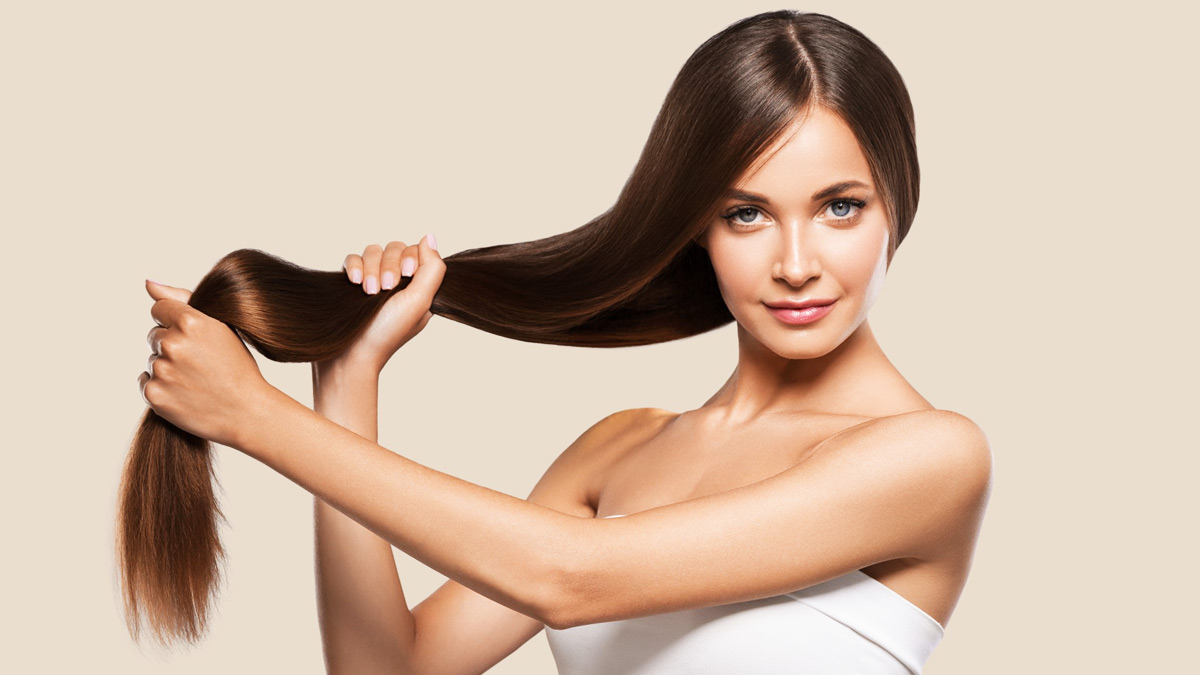
How to Restore Scalp Balance for Healthy Hair
If you’ve identified that your scalp health is the root cause of your hair problems, don’t worry. There are many effective treatments and lifestyle changes that can restore balance and improve your hair’s condition.
- Shampoo with Purpose
Choose a shampoo tailored to your scalp’s needs. For dry or sensitive scalps, go for gentle, hydrating formulas. If your scalp is oily or prone to dandruff, look for shampoos with active ingredients like salicylic acid, tea tree oil, or ketoconazole to address those specific concerns. - Exfoliate Your Scalp
Just like the skin on your face, your scalp benefits from exfoliation. Regularly exfoliating removes dead skin cells and helps clear clogged follicles. You can use scalp scrubs or DIY exfoliating treatments that include natural ingredients like sugar or baking soda. - Hydrate and Nourish
Hydration is key to maintaining a healthy scalp. Look for scalp treatments and oils rich in ingredients like aloe vera, jojoba oil, and argan oil. These oils provide moisture without weighing down the hair or clogging the follicles. - Avoid Harsh Chemicals
Try to limit the use of products with sulfates, parabens, or alcohols, as these can irritate the scalp and strip away natural oils. Opt for gentle, natural hair care products instead. - Massage Your Scalp
Regularly massaging your scalp can improve blood circulation, helping nutrients reach your hair follicles and encouraging hair growth. Use your fingertips to gently massage the scalp in circular motions. - Mind Your Diet
A healthy diet rich in vitamins and minerals is crucial for both scalp and hair health. Omega-3 fatty acids, biotin, zinc, and vitamins A and E are especially important for maintaining strong, healthy hair. - Manage Stress
Chronic stress can have a negative impact on your scalp’s health. Stress can exacerbate scalp conditions like seborrheic dermatitis and alopecia. Practices such as yoga, meditation, or simple relaxation techniques can help keep stress levels in check. - Consult a Dermatologist
If your scalp issues persist or worsen, it’s best to consult with a dermatologist or trichologist. They can provide targeted treatments or prescribe medications if necessary.
Conclusion: Healthy Scalp, Healthy Hair
In the quest for healthy hair, don’t forget about the importance of a healthy scalp. Whether you’re dealing with dandruff, an oily scalp, or hair thinning, addressing the root cause—your scalp—can have a significant impact on your hair’s health and appearance. By understanding the connection between your scalp and hair, identifying any underlying issues, and following a proper scalp care regimen, you can achieve a balanced, thriving scalp and beautiful hair.

